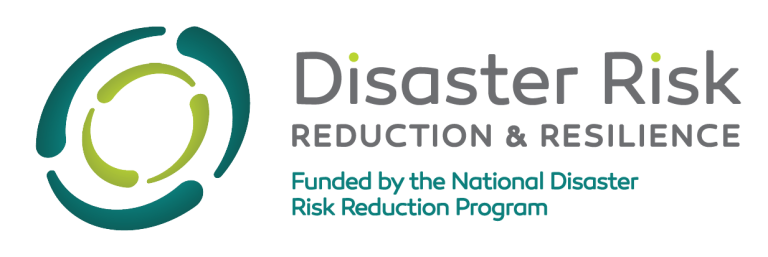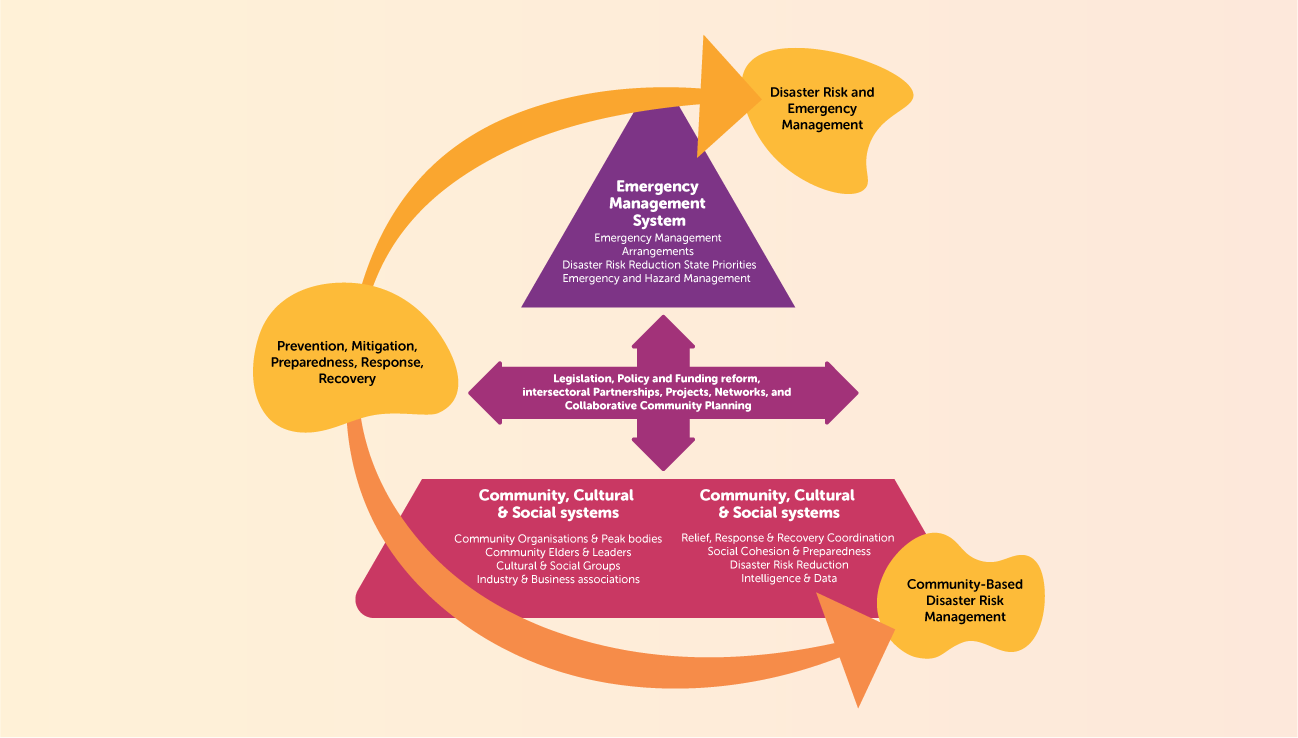- Home
- About
- Advocacy & Media
- COVID-19 Resources
- Partnerships & Projects
- Membership
- Events
- Social Enterprise
- Contact Us
Menu
- Home
- About
- Advocacy & Media
- COVID-19 Resources
- Partnerships & Projects
- Membership
- Events
- Social Enterprise
- Contact Us


